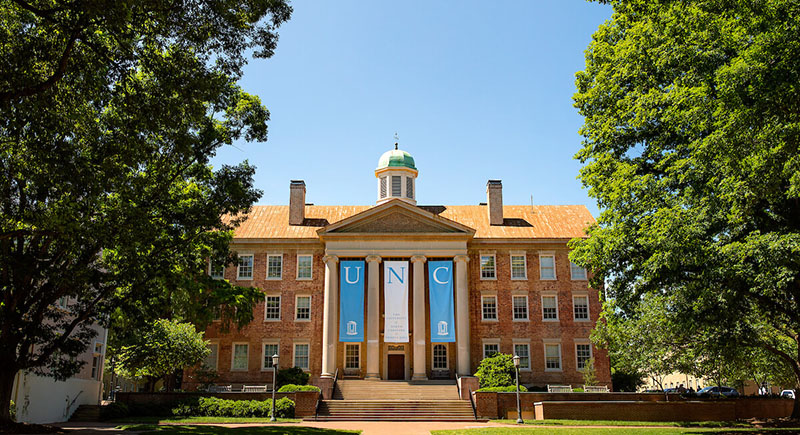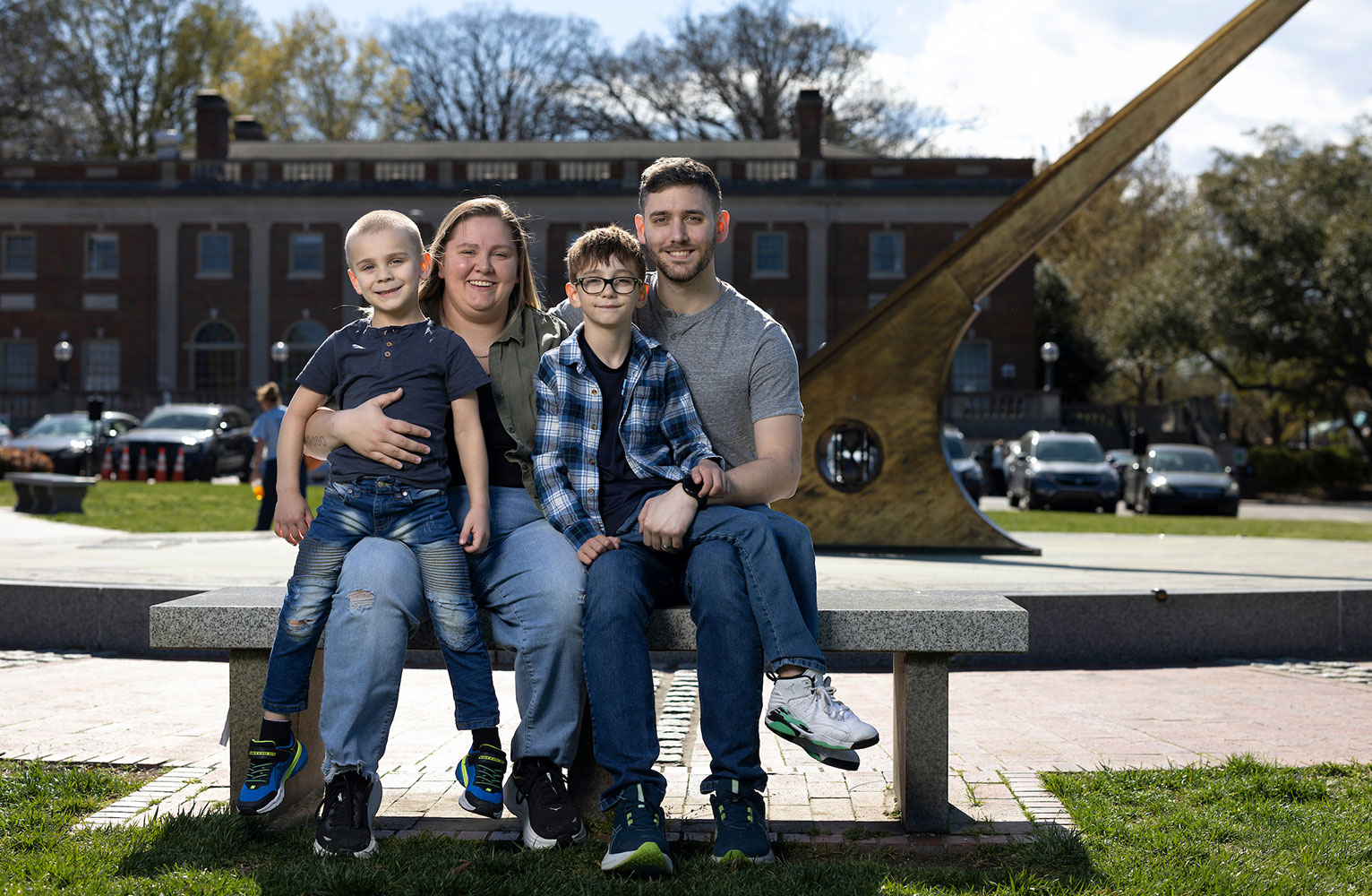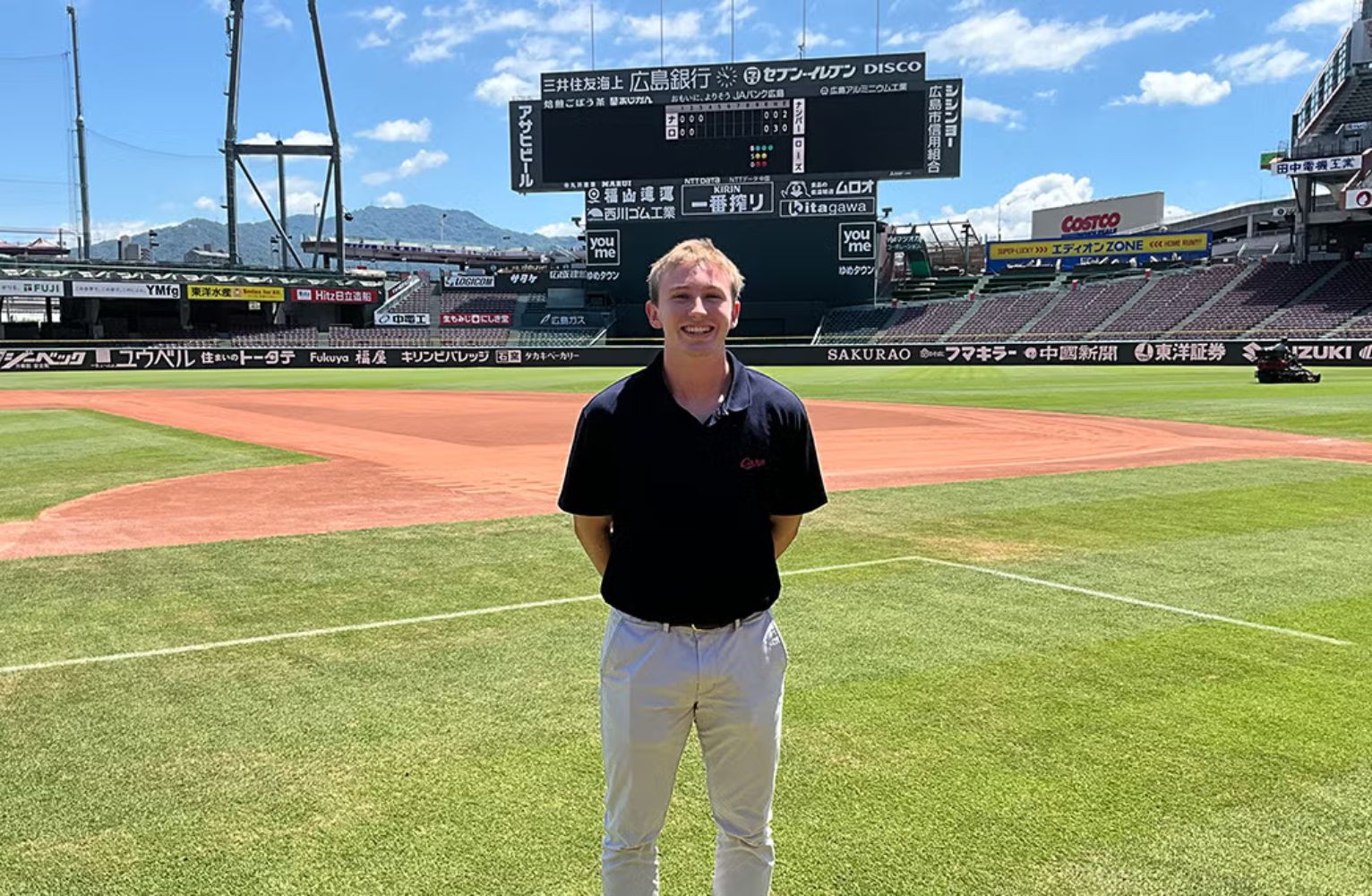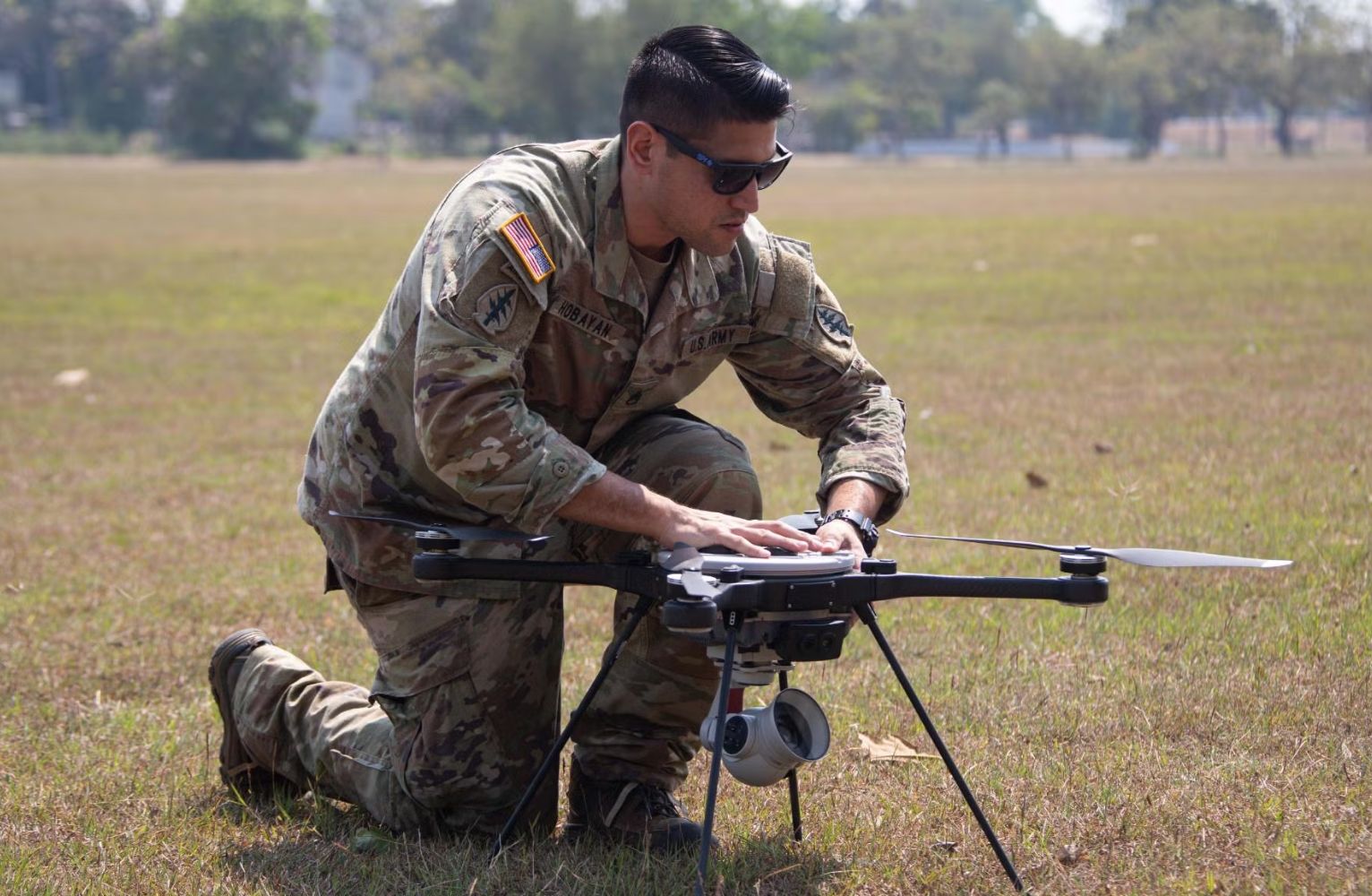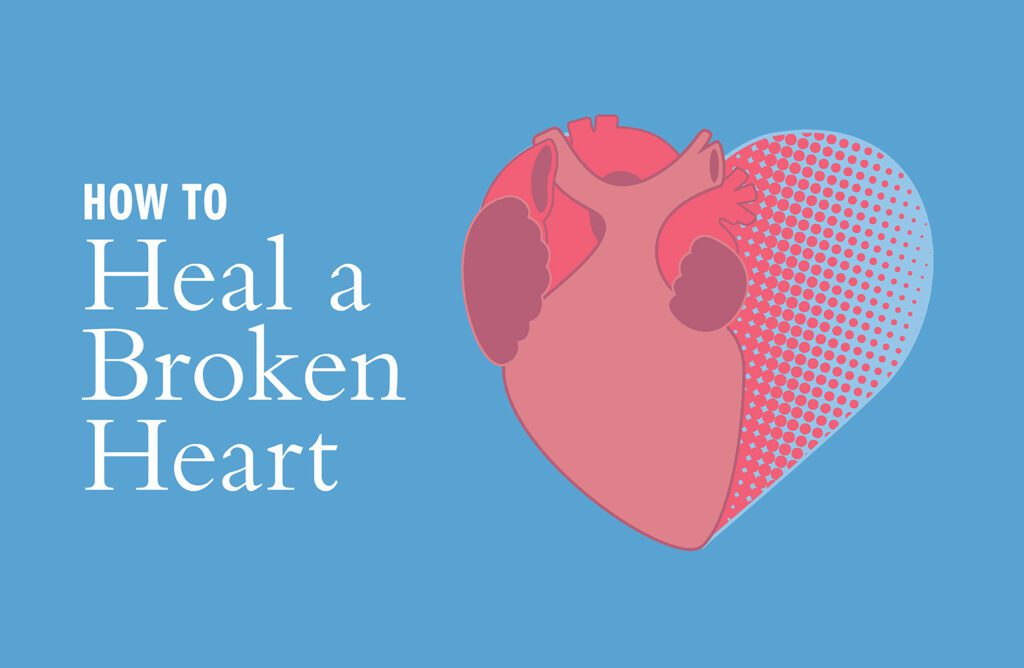
PhD candidate Jamshaid Shahir’s research broadly investigates how embryonic stem cells — the cells from which the human body is created — make decisions.
In utero, embryonic stem cells rapidly divide and differentiate themselves to take on a specific role in our body, like becoming a skin cell, blood cell or neuron. These differentiated cells represent what scientists call the pluripotency of embryonic stem cells, or the ability for the cells to become more specialized in the human body.
Shahir’s area of work — better understanding the intricacies of how embryonic stem cells divide and the ramifications for what cells they turn into — is positioning him for a role in the sciences at the frontier of his discipline and for a career in computational biology.
“Embryonic stem cells are a very powerful resource since they can transform into virtually any type of cell,” he said. “A heart attack can damage or kill off many cells in your heart. Hypothetically, you can take healthy cells from a patient, convert them to artificial embryonic stem cells called induced pluripotent stem cells, induce them to transform into heart muscle cells, and then transplant them back into the patient to help repair their heart.”
In other words, he’s researching how to heal a broken heart.
Shahir’s using imaging technology in the Purvis Lab to more clearly map the cell cycle and factors that go into reinforcing their ability to differentiate as they become more mature cells.
“We’re using mathematical tools to take this basic science problem and turn it into a math problem that, if solved, could have significant ramifications on public health in terms of inspiring novel treatments and therapeutics for regenerative medicine,” he explained. “Being able to use my math background to help address meaningful problems like this is very fulfilling and satisfying.”
An alumnus of the University of Maryland, Baltimore County, Shahir credits a summer internship at the Rochester Institute of Technology with sparking an interest in how the principles of mathematics can be applied to the human body, such as better understanding how cardiac arrhythmias form.
“What I like to see is that programs not only strive for increasing diversity in STEM, but normalizing it,” he said.
A fellow with The Graduate School’s Royster Society of Fellows, which recruits top doctoral students to UNC-Chapel Hill, Shamir said the fellowship program has been a highlight of his experience at Carolina. In summer 2022, he presented his research at the Royster Global conference held at the University of Tübingen in Germany.
“It was a really humbling experience to learn about the rigors of research in all these other fields, like classics and literature, “It better trained me to think about how I discuss my research and make it more accessible to a broad audience.”
Shahir is pursuing a graduate degree in the bioinformatics and computational biology program in the UNC School of Medicine.
Written by: The Graduate School
Related Stories
